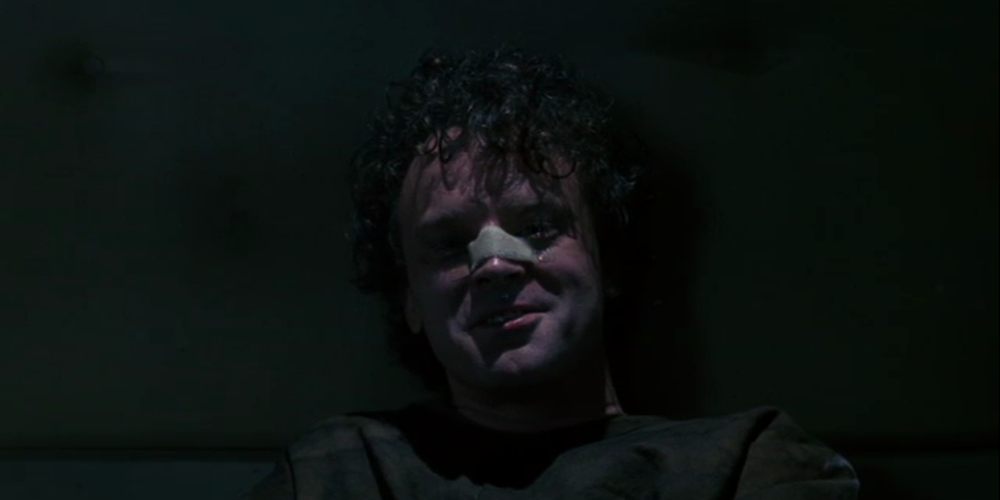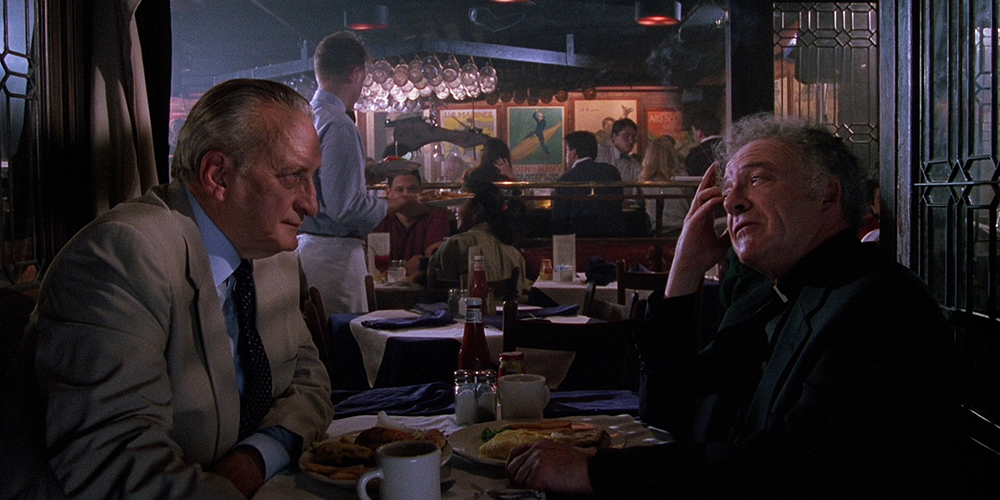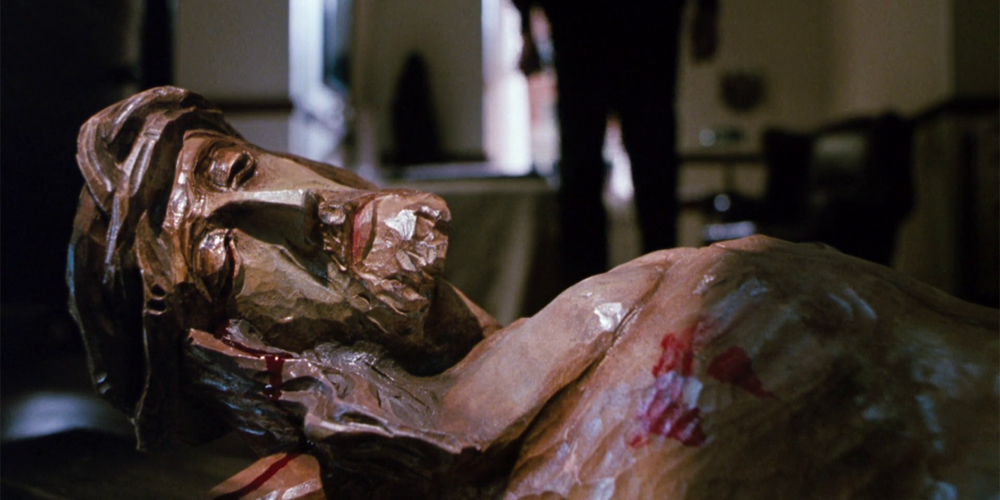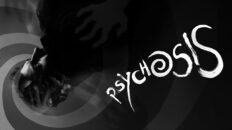This piece was originally published on contributor Ryan Holt’s culture blog, Caves of Altamira.
The most successful of The Exorcist‘s sequels, 1990’s The Exorcist III, belongs largely to author and screenwriter William Peter Blatty. Blatty had adapted his own novel into a screenplay for 1973’s The Exorcist and, in 1983, he wrote his own literary follow-up to The Exorcist, a novel titled Legion. Blatty intended for Friedkin to direct its film adaptation, but Friedkin and Blatty disagreed regarding the vision for the film. Following Friedkin’s departure, Blatty convinced the studio to let him direct. The ensuing production was fraught with difficulty due to studio concerns that Blatty’s original cut of the film was too disconnected from the original film (an approximation of Blatty’s original cut, cobbled from low-quality sources, is now available as a special feature on Exorcist III‘s recent Blu-ray release). Regardless of some of the structural oddities imposed by the film’s reshoots, Exorcist III still feels like a complete expression of a personal vision, a vision that takes a distinctly different vantage point from that of the original Exorcist.
William Friedkin’s original film was the work of an outsider looking in. It regards the dogmas and accessories of Catholicism with fascination, but with cool distance. Faith and evil remain abstract forces, tangible but alien. Blatty, a devout Catholic, gives us an insider’s vision, treating the dogmas and iconography of Catholicism with intimacy and conviction. From the beginning of Exorcist III, in which an evil force comes into contact with a crucifix and awakens it (the eyes of the Christ sculpture snap open in response to the intrusion), Exorcist III treats the accoutrements of Catholic faith as portals to the spiritual world. This impulse peaks during the film’s climactic exorcism, in which the spiritual world and the real world collide in an effects-driven explosion of religious imagery. Accordingly, the desecration of these objects in Exorcist III feels all the more potent; it’s not just the violation of inert symbols, but vital, sacred vessels. In this respect, Exorcist III exists on a kind of trajectory with the horror films of Terence Fisher, which similarly regarded the Christian cross as an embodiment of supernatural good in the war with darkness.
Not that Exorcist III has much stylistic kinship with Fisher’s Hammer horror films, which were marked by restrained, deliberate elegance. Exorcist III‘s adventurous tonal dynamism has little precedent in the mannered Hammer films of the 60s and 70s, nor does it feel connected to the detached, chilly Friedkin original. Exorcist III wildly, but keenly, leaps between comedy and grand, Gothic horror, sometimes blending them both, as it does during a nightmare sequence that serves as both an occasion to delight in absurdity and to underline the story’s existential anxieties. Blatty stubbornly refuses to allow horror to overwhelm the emotional complexity of life. Exorcist III depicts its human relationships with warmth and humor, and the divide between good and evil becomes sharper as a result.

Exorcist III‘s narrative pivots around Lieutenant William Kinderman (George C. Scott), a close friend of the original film’s Damien Karras, who investigates a series of dramatic murders that involve sacrilegious imagery. These murders share the modus operandi the Gemini Killer, who was executed many years prior to these new killings. This investigation leads Kinderman back to the events of the original Exorcist and the dark forces Karras confronted there. The serial killer plot, and a narrative structure relying on lengthy conversations with a menacing foe in an asylum, make Exorcist III a kind of predecessor to 1991’s The Silence of the Lambs, with Exorcist III‘s Gemini Killer (played with manic menace by Brad Dourif) functioning as a supernaturally empowered Hannibal Lecter.
Scott’s Kinderman, however, is no Clarice Starling. He’s a veteran, weary of his position as a soldier on the front lines against corruption. What confronts and startles Kinderman isn’t the reality of evil–Kinderman bellows at darkness with defiance and rage–but eternity. In his final actions, Kinderman acknowledges what his close friend, Father Dyer (Ed Flanders) tells him: “We’re going to live forever, Bill. We’re spirits.” It’s a proposition that Exorcist III shades with both hope and anxiety. The end of time may yet bring an end to the humanity’s nightmares, but the end of time is a long way off.









